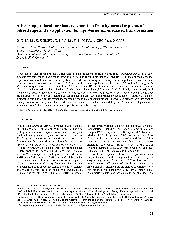摘要
A two-step protocol for improving the frequency of shoot regeneration from oilseed rape (Brassica napus L.) hypocotyl explants was established. The protocol consists of a pre-culture on callus induction medium (CIM) and a subsequent shoot regeneration on shoot induction medium (SIM). The SIM was Murashige and Skoog medium supplemented with different concentrations of 6-benzylaminopurine (BA; 2-5 mg dm(-3)) and naphthaleneacetic acid (NAA; 0.05-0.15 mg dm(-3)). Maximum frequency of shoot regeneration (13 %) was on the SIM medium containing 4 mg dm(-3) BA and 0.1 mg dm(-3) NAA, but it increased to 24.45 % when 20 mu M silver thiosulphate (STS) was added. Strikingly, an extremely high frequency of shoot regeneration up to 96.67 % was reached by a two-step protocol when hypocotyl explants had been pre-cultured for 7 d on a CIM medium containing 1.5 mg dm(-3) 2,4-dichlorophenoxyacetic acid. In addition, the shoot emergence was also 7 d earlier than that observed by use of the one-step protocol. The two-step protocol was also applied for regeneration of transgenic plants with cZR-3, a nematode resistance candidate gene. As a result, 43 plants were generated from 270 shoots and from these 6 plants proved to be transgenic.
- 出版日期2011-3
- 单位浙江大学
